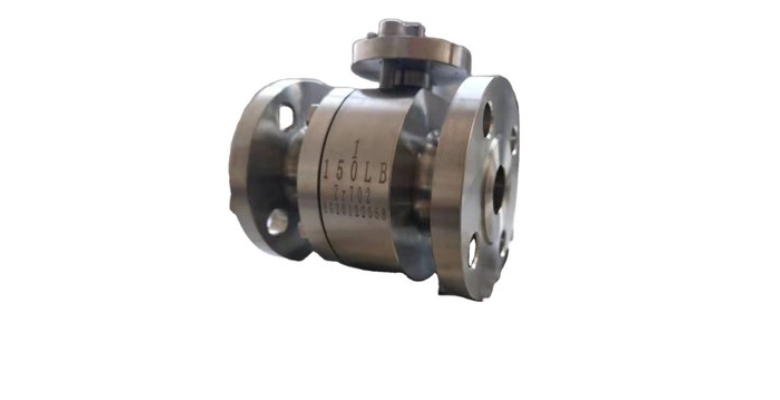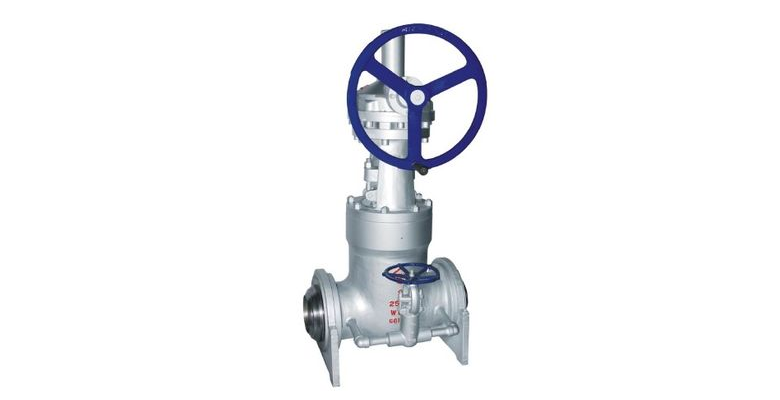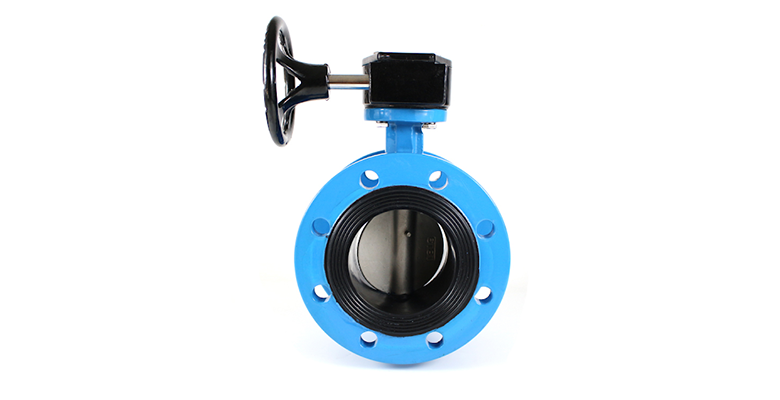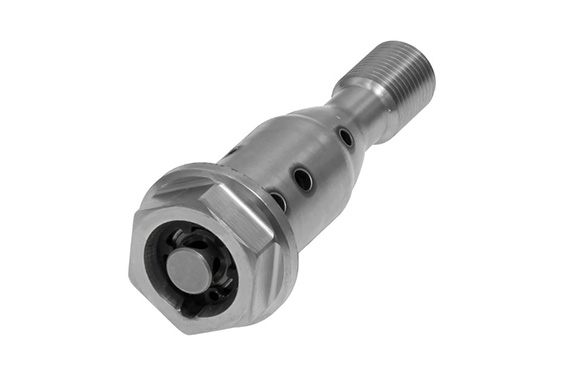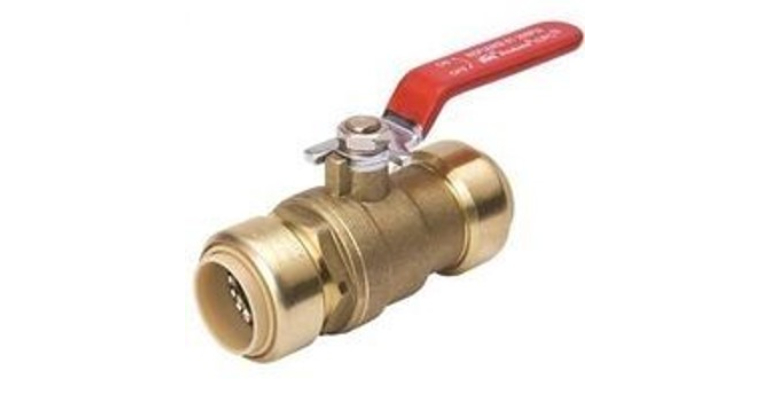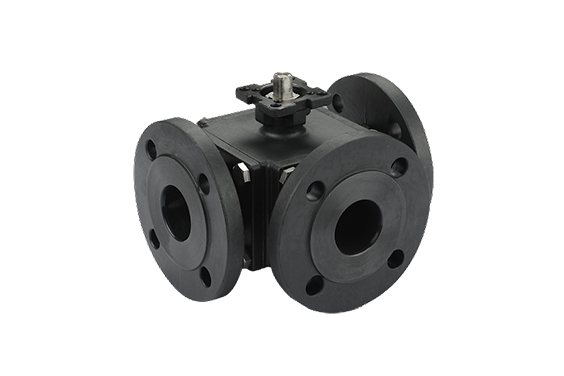If you’re experiencing problems with your purge valve, it’s important to know the symptoms so you can get it fixed. A bad purge valve can cause all sorts of problems, from poor engine performance to emissions problems. So what are the symptoms of a bad purge valve? Keep reading to find out!
What Are The Symptoms Of A Bad Purge Valve
- The engine cranks but will not start.
- The engine runs very rough and has a lot of black smoke coming out the tailpipe.
- The engine starts and runs fine at idle, but dies when you put it in gear or give it throttle.
- The engine is hard to start when cold, but runs fine after warming up.
- The engine runs great at high speed, but dies when you slow down and idle.
- The engine idles rough, with no power, and the check engine light comes on (if your car is so equipped).
- You have to cycle the ignition key several times before the car will crank over (if your car is so equipped).
- If you can get the car started, it runs like crap until you get up to about 35 mph or so (if your car is so equipped).
How do I know if my purge valve is bad?
A faulty purge valve can result in increased emissions, so it’s important to know the signs that your valve may be going bad. One telltale sign is a check engine light. Another is a strong gasoline smell coming from the engine area.
If you notice either of these things, it’s best to take your car to a mechanic for a diagnosis. In most cases, a bad purge valve can be easily fixed with a replacement part. So don’t delay—if you think your purge valve may be going bad, get it checked out as soon as possible.
What happens if I don’t fix my purge valve?
If you don’t fix your purge valve, a few things could happen. The first is that your car engine could overheat. This is because the purge valve regulates the flow of evaporation fumes from the engine, and if it’s not working properly, those fumes will build up and cause the engine to overheat.
Another possibility is that your car could start to smell bad. This is also due to the build-up of evaporation fumes, which can be quite stinky.
Finally, if you don’t fix your purge valve, you could end up damaging your car’s engine. This is because the build-up of fumes can cause corrosion and other damage to the engine components. So, it’s definitely worth getting your purge valve fixed as soon as possible!
What sound does a bad purge valve make?
When your car’s purge valve goes bad, it can make all sorts of strange and unpleasant noises. The most common sound is a high-pitched hissing noise that is most noticeable when the engine is idling.
This is caused by a build-up of pressure in the combustion chamber, which forces exhaust gases back through the valve. Another common sound is a rattling noise that occurs when the valve is trying to open but can’t due to a build-up of carbon deposits. If you hear either of these sounds, it’s time to take your car to a mechanic for a tune-up. A bad purge valve can also cause problems with starting the engine, so it’s best to get it fixed as soon as possible.
Can a car run without a purge valve?
A car’s purge valve is an important emission control device, but can a car run without it? The answer is yes, but it’s not advisable. The purge valve is responsible for clearing excess fuel vapors from the carburetor or fuel injectors. When the engine is turned off, these vapors can escape into the atmosphere.
While they’re not harmful in small amounts, they can contribute to air pollution. Moreover, if too much fuel vapor builds up in the carburetor or fuel injectors, it can cause misfires and damage the engine. For these reasons, it’s best to keep the purge valve in good working order. However, if it fails, the car will still run, albeit less efficiently and with increased emissions.

